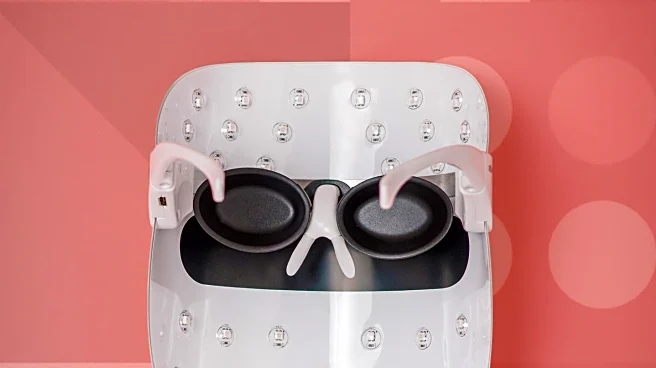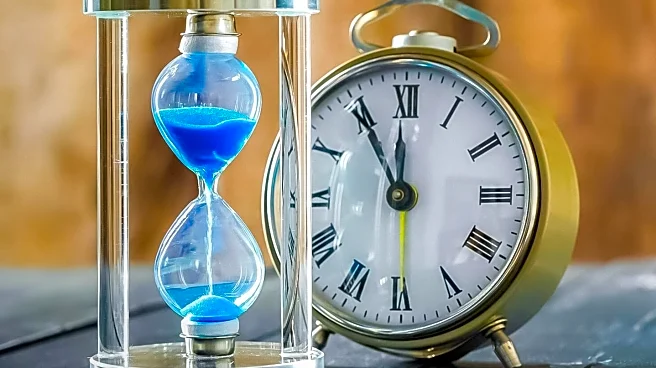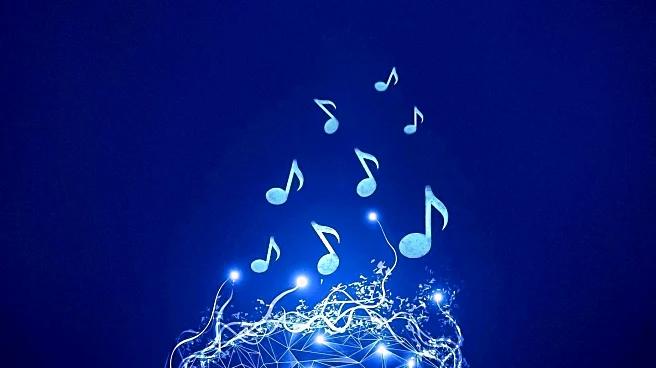What's Happening?
As daylight diminishes in the fall, many individuals experience a shift in mood and energy levels, often leading to Seasonal Affective Disorder (SAD) or milder 'winter blues.' Experts suggest that starting light therapy in the fall can help mitigate these symptoms. Dr. Dorothy Sit, a psychiatrist and Associate Professor at Northwestern University, highlights the effectiveness of bright light therapy in reversing symptoms of seasonal depression. The therapy involves sitting in front of a light box emitting bright light for about 30 minutes each morning. Research indicates that light therapy can be as effective as standard anti-depression medications, with improvements often seen within a week. The therapy works by resetting the body's circadian rhythms, which are sensitive to changes in daylight. Michael Terman, a retired professor from Columbia University, emphasizes the importance of morning light exposure to synchronize the body's internal clock with the external environment.
Why It's Important?
The onset of winter can lead to significant mood changes for many individuals, impacting daily life and productivity. Light therapy offers a non-medication treatment option that can improve mood and energy levels, potentially reducing the need for pharmaceutical interventions. This approach is particularly beneficial for those who experience mild forms of seasonal depression and prefer non-drug therapies. The broader significance lies in the potential for light therapy to enhance mental health during the darker months, promoting overall well-being. Additionally, understanding and utilizing light therapy can empower individuals to take proactive steps in managing their mental health, reducing the societal burden of seasonal depression.
What's Next?
Individuals interested in light therapy should consider purchasing a light box that emits 10,000 lux of light, as recommended by the Center for Environmental Therapeutics. It is advised to consult with healthcare providers to tailor the therapy to individual needs and symptoms. As awareness of light therapy grows, healthcare professionals may increasingly incorporate it into treatment plans for seasonal depression. Furthermore, ongoing research and education efforts by organizations like the Center for Environmental Therapeutics will continue to refine and promote effective use of light therapy.
Beyond the Headlines
While light therapy addresses the biological aspects of seasonal depression, it is important to consider social factors such as isolation during colder months. Engaging in social activities and maintaining a healthy lifestyle with physical activity, a balanced diet, and social interactions can complement light therapy, providing a holistic approach to managing mood changes. This multifaceted strategy underscores the importance of addressing both biological and social determinants of health.











